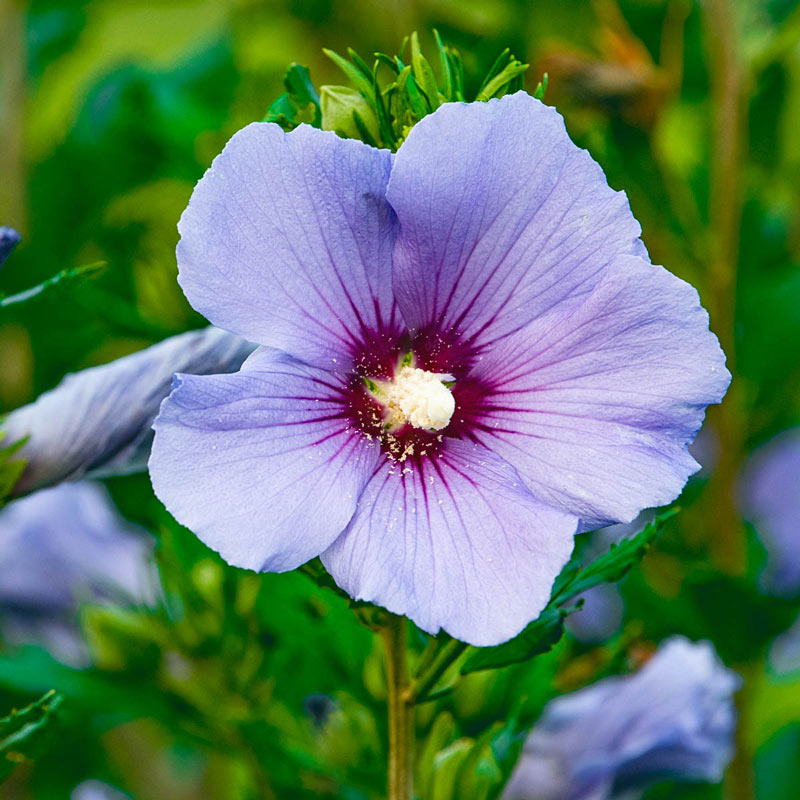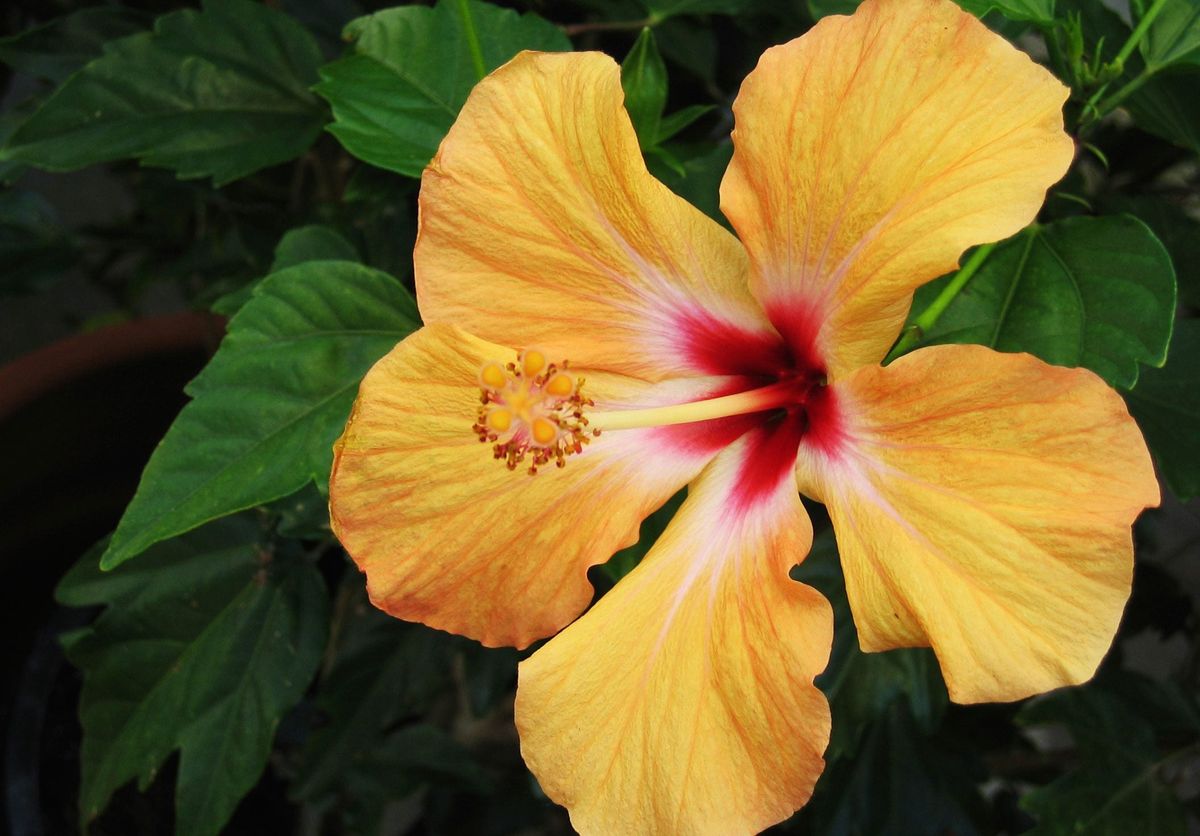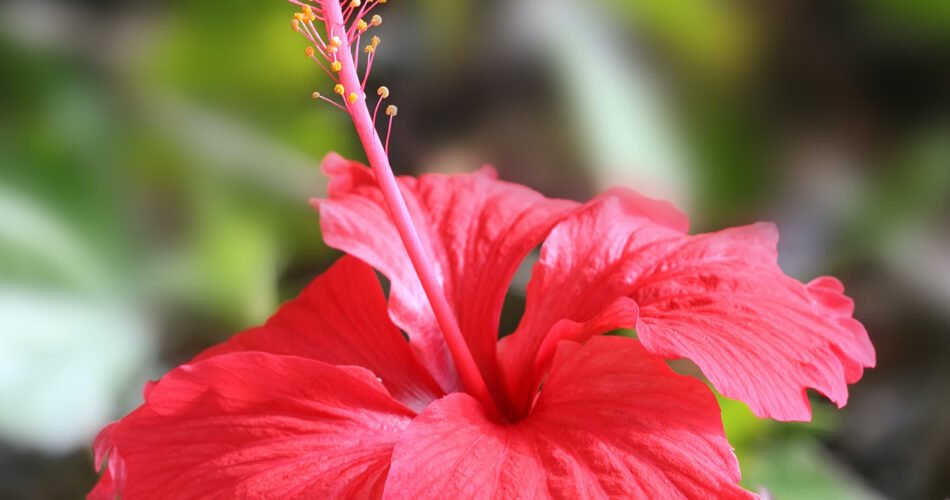What does Hibiscus taste like? This question frequently pops up among food enthusiasts and for a good reason. I got captivated by this exotic flower when I first encountered its alluring crimson petals in a glass of refreshing iced tea one summer afternoon. Hibiscus, to me, is far more than just an attractive garnish; it’s a delightful journey for the palate, one that’s notably different and a little enigmatic in flavor.
What Does Hibiscus Taste Like? The Answer
To describe what Hibiscus tastes like, imagine a blend of tart berry and a hint of lemony citrus, culminating in a flavor that is both bold and somewhat tangy. The taste is reminiscent of cranberries—fruity with a sharp note that tickles the tongue. Children and adults might recognize its zesty, refreshing quality, similar to certain fruity teas or even lemonade, depending on the preparation.
The curiosity about Hibiscus’ taste likely stems from its growing popularity in beverages and culinary masterpieces. These vibrant blossoms hold not only an enticing flavor profile but also a stunning visual appeal, sparking the imagination and tantalizing the taste buds. People are naturally drawn to what’s beautiful and delicious, and Hibiscus happens to be a perfect fusion of both.

Variations in Taste of Hibiscus
Hibiscus flowers come from various species and are enjoyed in diverse cultures, leading to a myriad of flavors. For me, sipping on Hibiscus tea from North Africa wraps a traditional minty flavor subtly around my senses, while Hibiscus concoctions from the Caribbean bear a spicier kick, often served with ginger or cloves. These regional differences enchant the palate and reveal the versatile nature of Hibiscus.
Seasonal variations also play a role in how Hibiscus tastes. Freshness affects the intensity of its tartness, and the time of the year can bring forward different complementary flavors. I’ve noticed a more robust zest when Hibiscus is coupled with summer fruits like peaches and a milder sweetness when paired with autumnal spices like cinnamon. Such temporal flavor dynamics keep my experiences with Hibiscus delightfully unpredictable.
Nutritional Benefits of Hibiscus & Impact on Taste
Hibiscus is lauded for its high vitamin C content, antioxidants, and potential health benefits like blood pressure regulation. I’ve always considered the health aspect of foods when evaluating their taste, and Hibiscus doesn’t fall short. The knowledge of its benefits perhaps enhances my perception of its zingy tartness, making the flavor feel nourishing as well as exhilarating.
The health benefits can indeed shape the way we perceive the taste of Hibiscus. Knowing that something contributing to my well-being might also influence my mind to favor its taste just a little more. It’s as if my palate and my perception join forces to appreciate this floral delight for both its flavor and its wellness properties.

Hibiscus in Culinary Uses
Hibiscus is most commonly brewed into a tea, which can be enjoyed hot or cold, but its culinary versatility stretches far beyond. It finds its way into my jams, jellies, and even relishes. The floral notes of Hibiscus are genius when infused into syrups for cocktails or non-alcoholic drinks, bringing a complex tart-sweet profile to the beverages I serve.
In recipes, the distinct tang of Hibiscus harmonizes exquisitely with the sweetness of fruits or the richness of decadent desserts. When I add Hibiscus to a dish, it works as a naturally robust flavor enhancer, and its acidity can brighten and balance the other ingredients, much like a squeeze of lemon might do.

Acquiring and Preparing Hibiscus
Finding Hibiscus products isn’t the challenge it once was. Several health food stores and supermarkets now carry Hibiscus in various forms, be it dried flowers, teas, or even as an ingredient in natural flavorings. When shopping, I look for vibrantly colored, intact petals—signs of good quality—and ensure they’re organically sourced to avoid any unwanted chemicals.
Incorporating Hibiscus into my culinary endeavors involves pairing it with ingredients that complement its profile. Sweeteners and spices can temper its tart edge when desired, or it can be left unadulterated to let its natural zest shine. Tart fruits and aromatic herbs are my go-to pairings to elevate the floral nuances and transform my dishes into something truly special.
Final Words
In the end, what does Hibiscus taste like? For me, it’s a melody of flavors: tart, tangy, sweet, and even a little floral—all wrapped into one edible flower. The taste profile is as vibrant as its bold red color. Hibiscus isn’t just another pretty blossom; it’s a culinary experience waiting to be explored, one that continues to surprise and delight me in each new preparation I encounter.

